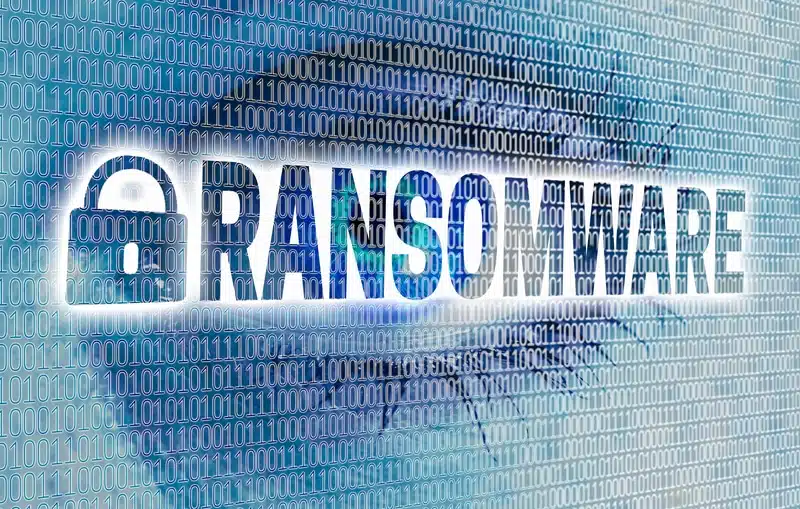CISOs across industries have reported widespread cuts, significantly impacting their ability to invest in proactive defenses. This reactive approach, stemming from financial constraints, has left enterprises vulnerable to increasingly sophisticated cyber attacks. The threat landscape has expanded with leaks of ransomware builders and malicious code, as well as an increase in the use of critical zero-day exploits observed in many 2023 attacks, amplifying the danger. However, amid these cyber threats, a tide of resilience is emerging.
Organizations are starting to shift their approach, prioritizing strategic allocation of resources, embracing innovation, and empowering their workforce to become a human firewall against attacks. It is becoming clear that security does not have to be a burden, as with the right investments, it can be a strategic initiative that paves the way for growth in a complex landscape. Understanding and adapting to adversary tactics, techniques, and procedures (TTPs) is paramount in this new paradigm. The MITRE ATT&CK framework plays a pivotal role in this transition, providing a centralized repository of real-world adversary TTPs and empowering organizations to gain a nuanced understanding of their evolving threat landscape.
By leveraging ATT&CK, organizations can implement more efficient and effective security strategies tailored to their specific vulnerabilities and adversary behaviors. Given the evolving threat landscape, embracing a threat-informed approach with ATT&CK as its cornerstone will be essential for organizations to maintain a robust and secure posture in the face of ever-present cyber dangers. However, complacency in implementing effective EDR policies and configurations based on best practices can leave organizations exposed to a multitude of dangers. By harnessing threat intelligence and ATT&CK, security teams can gain a crucial edge in their defense strategies, identify key adversaries in their industry, gain insights into adversaries’ operational tactics and techniques, share threat intelligence and insights, and focus on countering specific threat actors and their known TTPs to build a more resilient security posture.
This proactive and comprehensive approach to cybersecurity is increasingly necessary to mitigate the impact of cybercrime syndicates that encompass the entire cybercrime spectrum. It is crucial for organizations to adopt continuous threat intelligence gathering, EDR testing, strengthening defenses across the entire attack chain, and investing in security awareness and training for employees to effectively address the evolving cyber threats.
